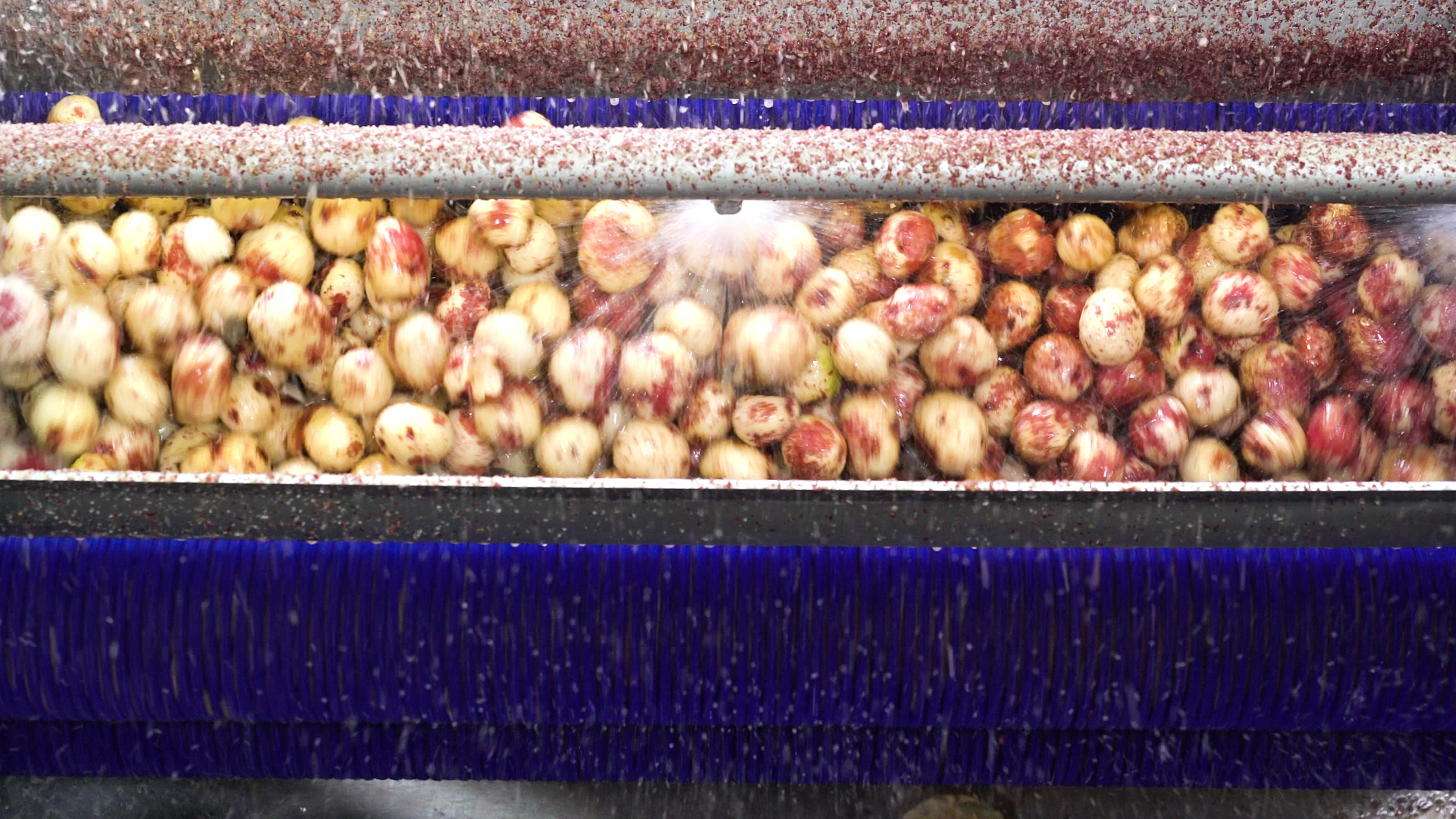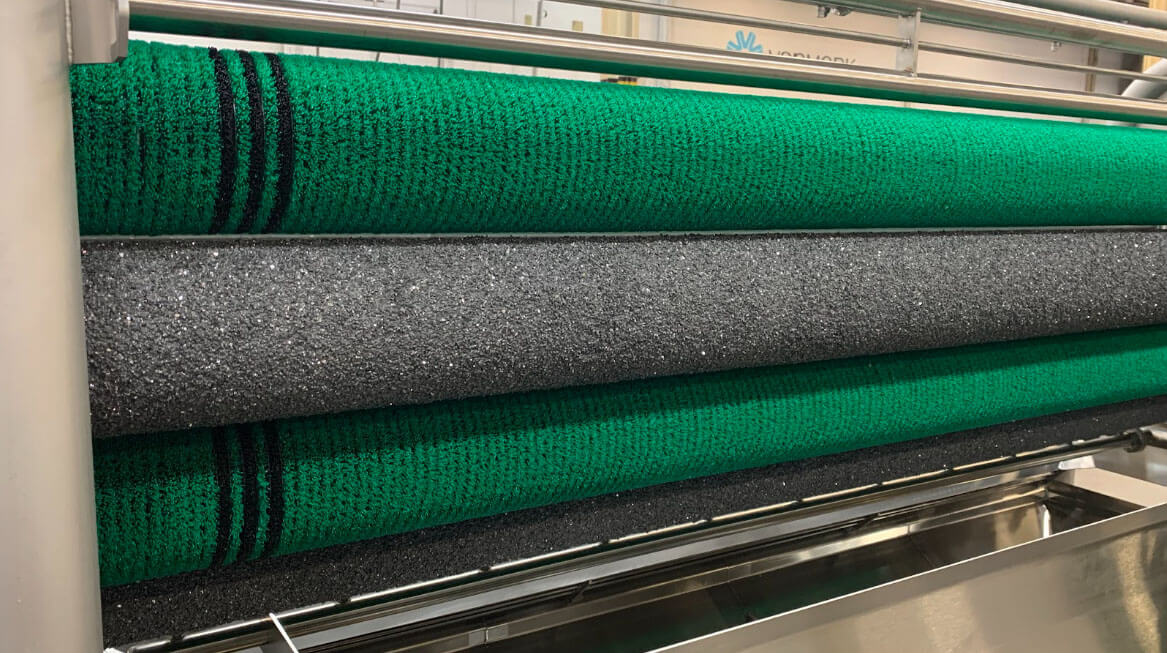If you’re purchasing new potato chip processing equipment, there are many important factors to consider. Click to learn how to make the most of your investment.
Investing in potato chip processing equipment can bring a whole new level of efficiency, sanitation, and quality to your chip production process. With the right processing machinery, you’ll be able to significantly increase capacity without hiring more labor.
New potato chip processing machines will also provide you with a massive opportunity to go from regional to national, from 20 stores to 200, or from one brand to many—the possibilities are endless.
Read on to learn more about potato chip processing equipment and the various factors that will allow you to make a more informed buying decision.
Batch Process vs. Continuous Operation
Continuous operation and batch process are two different but highly effective methods of processing potato products efficiently.
Continuous operation moves raw potatoes down the line through the final step, generating a continuous production flow.
Batch process starts with a finite set of ingredients and moves them down the line until the final step. The next batch of products won’t enter the production line until the previous batch has moved past that step.
Each method has its own unique benefits. For example, continuous operation enables much higher throughput and scaling with reduced processing time, while batch operation offers better tracing and quality control.
Where to Start
Purchasing or upgrading a full production line at once is a significant investment that’s often not feasible. Deciding exactly where to invest first is one of the first steps you’ll need to take.
When it comes to deciding where to start, there’s no right or wrong answer. Some potato chip processors will choose to start with the core processes or the parts of the production line that require the biggest investment, such as the fryer or packaging area. Once they’ve upgraded those processes, they’ll go back and scale up the supporting ones, such as washing or peeling.
Ultimately, all of the equipment comes together to form one complete process. Therefore, it's important to remember that scaling up one piece of equipment (i.e. upgrading only your fryer) won’t necessarily increase production if other machines on your line are acting as bottlenecks.
Consider the Full Process
Determining the best place to begin a line upgrade is a very important decision because it can possibly limit your future choices for expanding other parts of the line. Or, alternatively, the right decision can make the rest of a production line upgrade much easier and more seamless.
Regardless of what equipment category you decide to purchase first, take into account these questions regarding the entire line:
- What equipment or processes will make up the rest of the production line?
- How will the new solution integrate?
- What capacity can the rest of my production line handle today and in the future?
- How can you plan for that increased capacity—is there demand already?
Finally, consider 5, 10, 20 years or more into the future. Your potato chip processing machinery should be able to scale with your operations—and last just as long.
Processing Equipment Buying Considerations
Longer Equipment Life
Potato chip processing equipment is a significant investment. Therefore, machine durability is critical to maximizing your ROI and ensuring they last for many decades to come. Look for equipment that has minimal moving parts, low maintenance costs, and a simple design.
Long equipment life is especially important for smaller potato chip manufacturers. A potato chip company in Waterford, Michigan, had a 40-year-old Vanmark machine that they needed to upgrade to increase production.
They purchased a brand new 1820 Vanmark Peeler, which doubled their capacity from peeling and washing 1,000 lbs of potatoes per hour to 1,000 lbs every 30 minutes.
Check out the video below to see the 1826 Vanmark Peeler/Scrubber/Washer in action!
Product Handling & Yield
Look for equipment that has been carefully engineered to handle potatoes gently and avoid damage. Poorly-engineered potato processing machines can easily cause breakage, bruising, or scuffing.
Vanmark washers and peelers only take off as much as you want. They won’t damage the product or negatively affect the yield.
Utilities
You’ll need to also consider utility planning, such as water, air, and electricity. For example, what’s the required air pressure for pneumatic components, and can the machine run on 460V, or does it require 575V?
Does the floor of your facility have the space for supplemental machinery and parts? If not, can you move them outside or on the roof? If you need electrical/gas/etc. modifications, ask the contractor for a reasonable lead time, and if there are any potential variables that could affect the installation.
Water Consumption
Potato chip processing equipment can increase the costs of water consumption and treatment. Check to ensure that the equipment you’re considering is engineered to reduce water usage as much as possible.

For example, Vanmark Peeler/Scrubber/Washers have multiple features that work to conserve fresh water by separating solids and starch while at the same time reducing wastewater sent for treatment.
Reduced Maintenance
Some machines require regular maintenance, such as changing out rolls at specific intervals. Consider the ease (or lack thereof) of performing a changeout on potato chip processing equipment.
All machines will require scheduled maintenance, such as inspections and part replacements. In addition to the cost associated with replacing consumable parts like brushes and bearings, there’s also the complexity or amount of time required to perform this maintenance. Keep in mind that more frequent required maintenance adds up to more expensive downtime.
Certain machines need much more downtime to perform a complete changeout/maintenance. In contrast, you can perform maintenance/changeouts on most Vanmark equipment relatively quickly and with minimal tools.
Ease of Sanitation
Machines that are easy to sanitize and clean can significantly reduce overall downtime. For example, Vanmark’s peeler/scrubber/washer Clean in Place (CIP) system will help clean the peeler rolls and bed during production and sanitation.
The CIP system helps to reduce manual cleaning and overall downtime. It works with all Vanmark roll types and is compatible with our 2820/22 and 2920/22 Peeler/Scrubber/Washers.
Consider where you are now—and where you plan to be in a few years. As your operation grows larger, downtime costs tend to increase exponentially.
Parts
Plan accordingly for parts (maintenance schedule and budget). Potato abrasive peelers require rolls, brushes, and bearings somewhat frequently. Regular maintenance helps them run better and last longer.
Vanmark carries OEM parts that are durable and designed to work flawlessly with our machines. Off brand parts may be cheaper, but there’s a fairly good chance that they won’t work well with Vanmark machines. You’ll also get your parts quicker thanks to Vanmark shipping them out faster than off-brand manufacturers.

Scale Up with Vanmark Potato Chip Processing Equipment
At Vanmark, we have a proven track record of helping potato chip manufacturers scale up through our high-performance, rugged, and long-lasting peelers/scrubbers/washers, water reclamation systems, and bulk storage bin systems. You’ll be able to increase volume, reduce water consumption, and realize a lower total cost of ownership than you would with competing machines. Click below to learn more.
See Our Potato Chip Processing Equipment